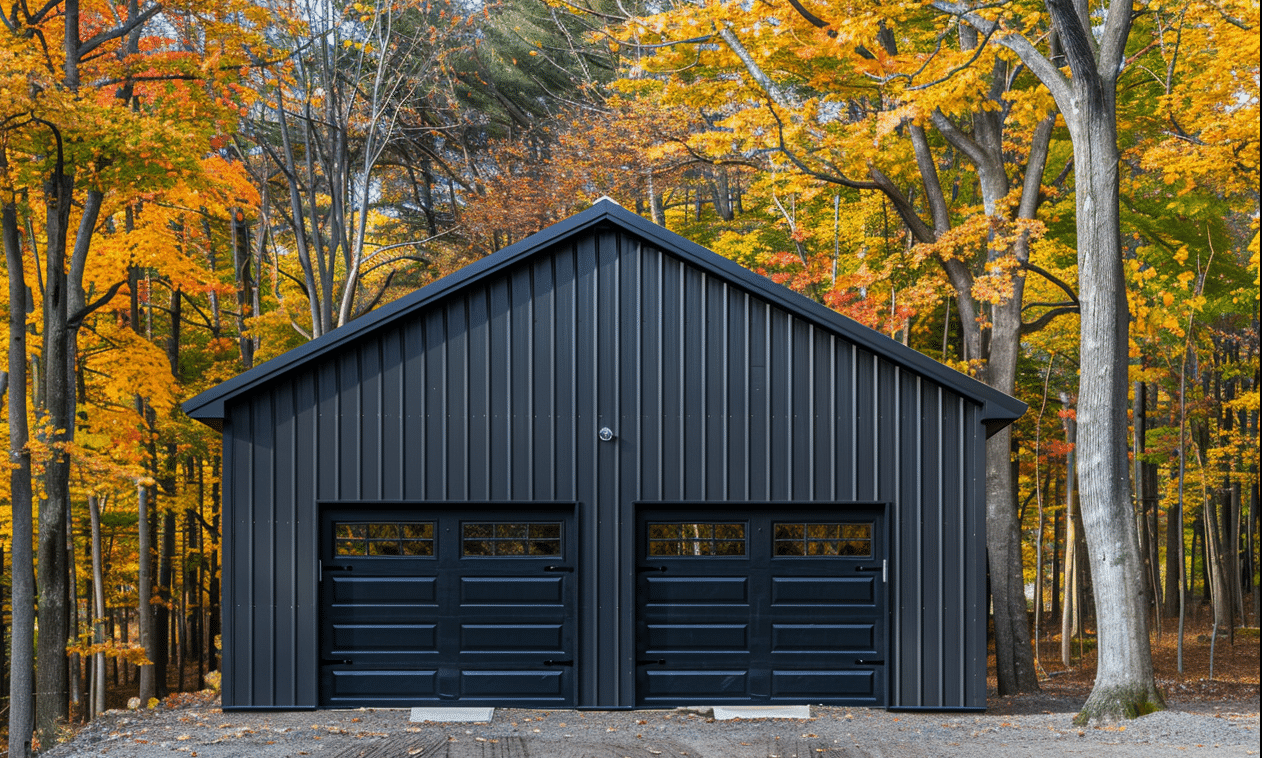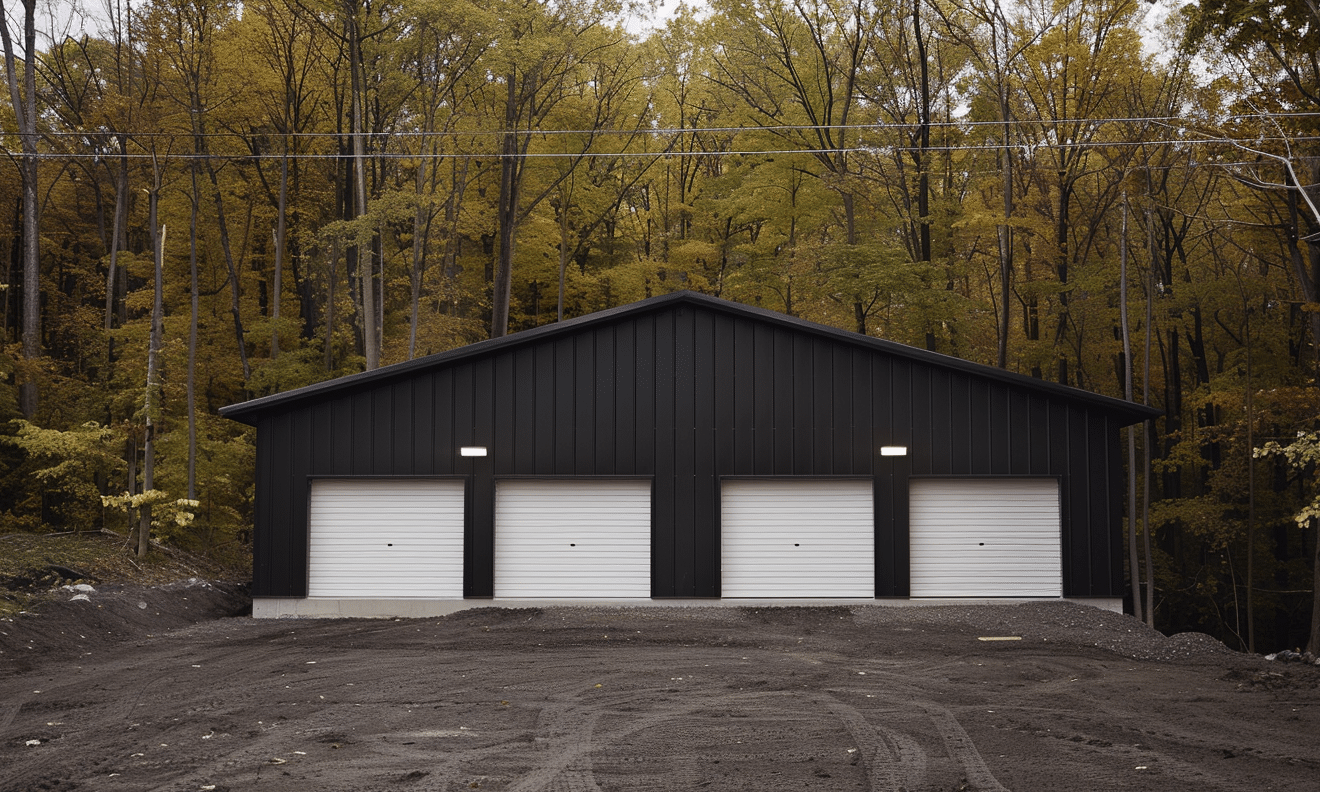In the realm of construction, where sustainability meets innovation, rainwater harvesting emerges as a shining beacon. Why let precious rainwater cascade off rooftops when it can be harnessed for practical applications, especially in construction projects? Rainwater harvesting for construction not only brings environmental benefits but also reduces costs and promotes sustainable building practices. As we dive into the nuances of this eco-friendly approach, consider its impact.
Understanding Rainwater Harvesting in Construction
Rainwater harvesting involves collecting and storing rainwater that falls on rooftops before it reaches the ground. Imagine rooftops as giant catchment areas, funneling water to a storage system where it can be filtered and reused. In the construction industry, this can mean substantial savings and a sustainable approach to resource management.
By integrating rainwater harvesting systems into building designs, it’s possible to use collected water for non-potable purposes, such as flushing toilets, irrigation, and dust control. This process aids in alleviating reliance on municipal water sources, ultimately conserving our greater ecosystem.
Why Incorporate Rainwater Harvesting in Construction?
Picture a construction site where efficiency and sustainability waltz hand in hand. Rainwater harvesting offers numerous advantages that make it worthwhile:
1. **Cost-Effective**: Reducing reliance on municipal water supplies can significantly cut down water expenses for both construction operations and the completed building. This approach is particularly advantageous in regions facing water scarcity and high utility rates.
2. **Environmental Benefits**: Using rainwater reduces the demand on local water resources, positively impacting our environment. Harvested rainwater is naturally soft, which means it requires less soap and detergent – a win for both the wallet and the planet.
3. **Sustainable Construction**: As a part of pre-fabricated buildings and traditional methods alike, rainwater harvesting can help builders achieve green building certifications and meet evolving sustainability regulations.
Steps to Implement Rainwater Harvesting for Construction
Implementing a rainwater harvesting system isn’t comparable to rocket science. The core elements include catchment areas, conveyance systems, filtration components, and storage facilities – simple yet effective.
1. **Design the Catchment Area**: The rooftop of the construction site or prefabricated buildings serves as the primary catchment area. Ensure it is designed to efficiently funnel rainwater to the system’s conveyance channels.
2. **Establish Conveyance Systems**: Utilize gutters and pipes to redirect rainwater from the catchment area to storage tanks. Proper slope and materials can minimize potential leakage or water loss.
3. **Filtration System**: Filters remove debris and contaminants, guaranteeing that the collected water is pure enough for construction use. Sophisticated systems may involve UV or chemical treatments, depending on application needs.

4. **Storage Tanks**: Choose tanks based on the volume of rainwater you intend to capture and the requirements of your construction project. Size matters, as it affects the efficiency and sustainability of your rainwater harvesting system.
5. **Distribution**: Finally, have an efficient distribution system in place to channel captured water for specific construction tasks, such as mixing materials, dust suppression, or in water-efficient plumbing fixtures.
Beyond Construction: Broad Benefits of Rainwater Harvesting
The benefits of rainwater harvesting don’t cease once construction is complete. Offering continued advantage, these systems contribute to the long-term sustainability of finished buildings:
Healthier Landscapes and Outdoor Spaces
Utilize harvested rainwater for sustainable landscaping. Imagine lush greenery surrounding your steel building, nourished by natural means without any extra draw from local water supplies. These landscapes support local biodiversity and reduce the urban heat island effect.
Economical Water Usage
Even post-construction, utilizing rainwater for tasks such as toilet flushing or landscape irrigation continues to save on water bills and decreases the demand for treated water. The cumulative effect of this practice might seem minute, but when integrated into numerous structures, the conservation impact multiplies.
Environmental Commitment
Embracing rainwater harvesting is a statement about environmental stewardship. It’s a simple yet profound commitment to exploiting natural resources responsibly. This shift can lead to industry-wide practices that significantly decrease environmental footprints and promote a greener planet.
Natural Resources Canada – Rainwater Harvesting provides further resources and insights to help in developing practices reflective of evolving climates.
The Synergy with Steel Buildings
Rainwater harvesting aligns harmoniously with the intrinsic environmental benefits of steel and modular buildings. Constructing with steel not only provides robustness and durability but also supports eco-friendly building practices. The environmental benefits of steel buildings are reinforced when combined with sustainable systems like rainwater harvesting, contributing to enhanced energy efficiency and minimal waste.

Conclusion: Tomorrow’s Path to Sustainable Construction
In integrating rainwater harvesting systems into contemporary building design, construction has the potential to both tread lightly on the planet and exemplify forward-thinking practices. As industry professionals, the time is ripe to embrace rainwater harvesting for construction as a pivotal part of sustainable building strategies. Through such initiatives, we pave the way for a future where green construction is not merely an option but a standard. In doing so, the construction industry champions a legacy of sustainability rooted in innovation and respect for natural resources. What could be more compelling than to weave such practices into the fabric of our built environments? Sustainability starts with today’s decisions, shaping tomorrow’s architecture. How will you contribute to this sustainable transformation?










